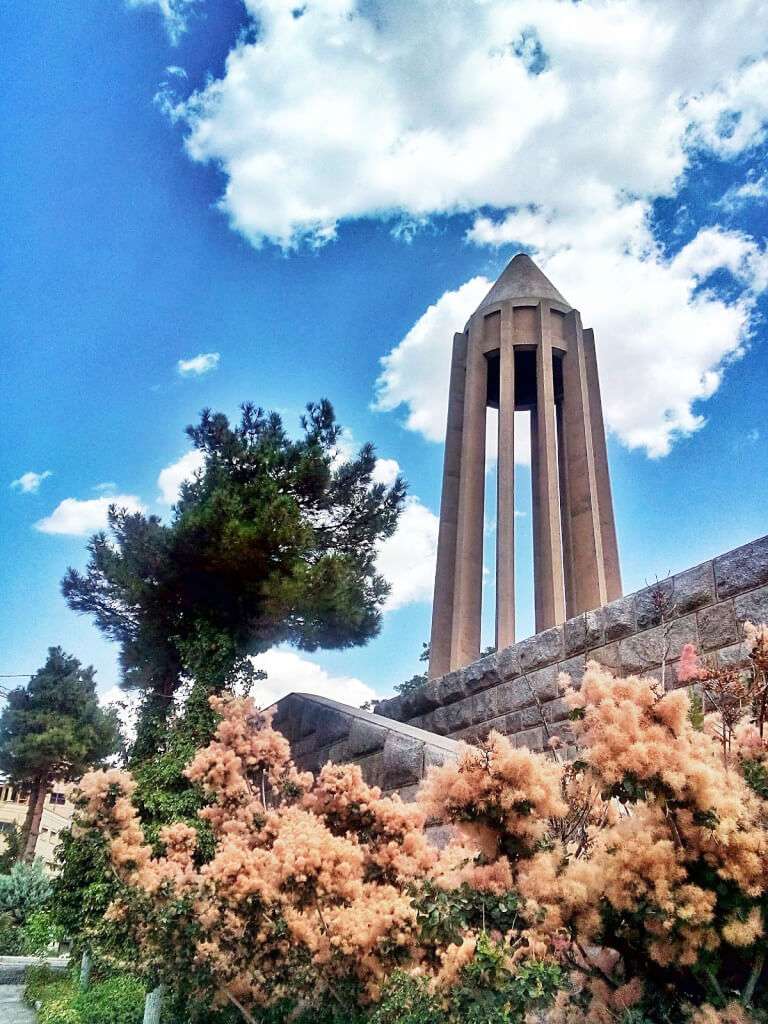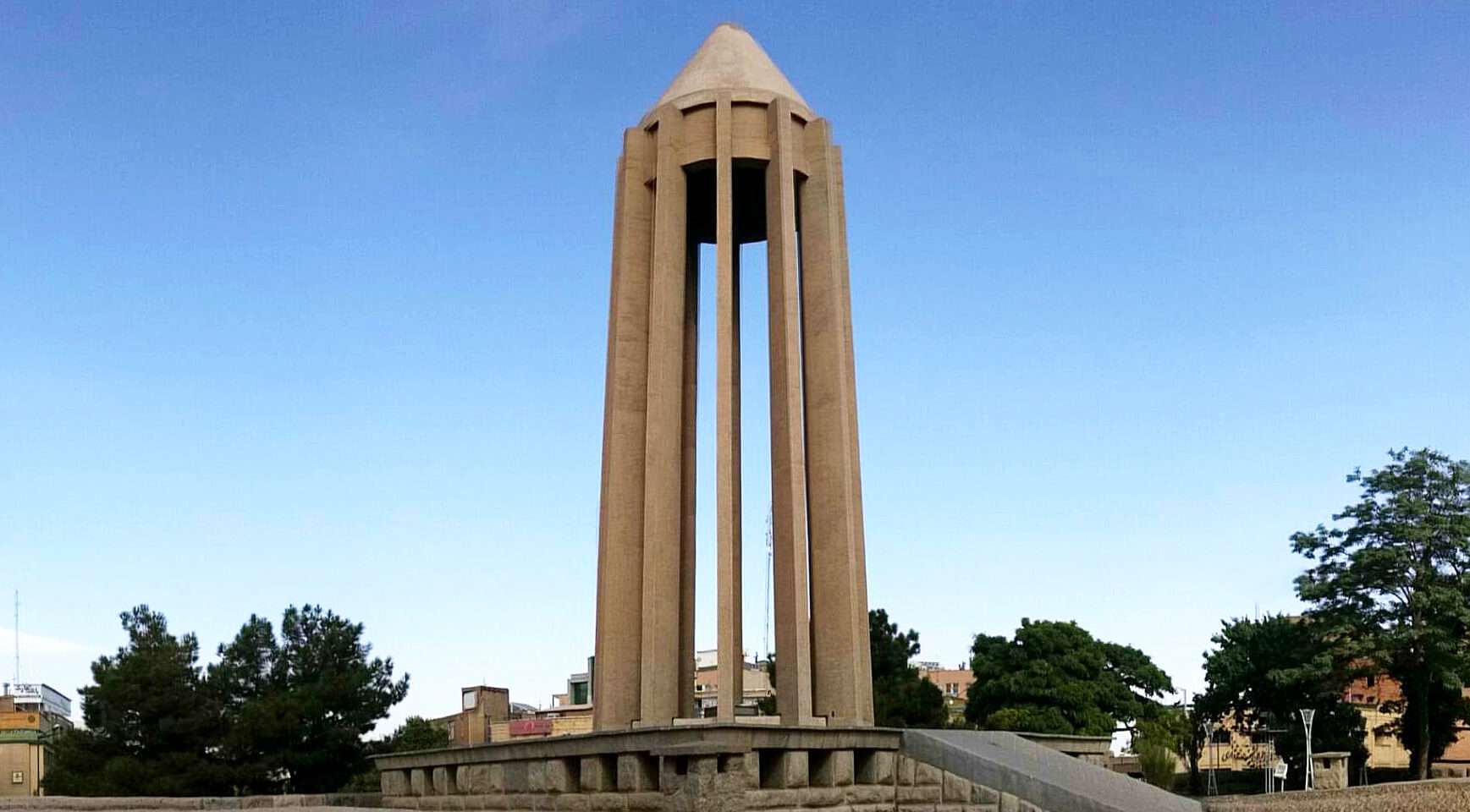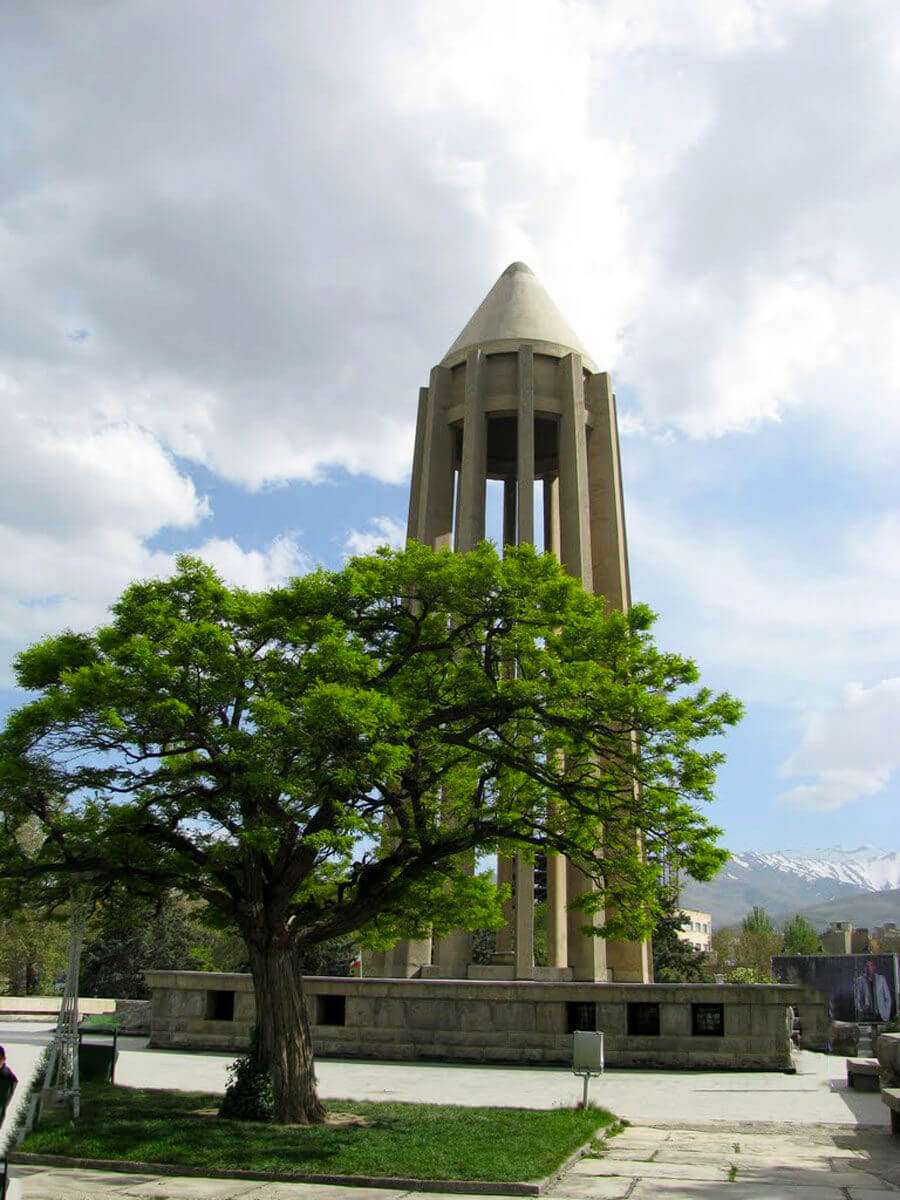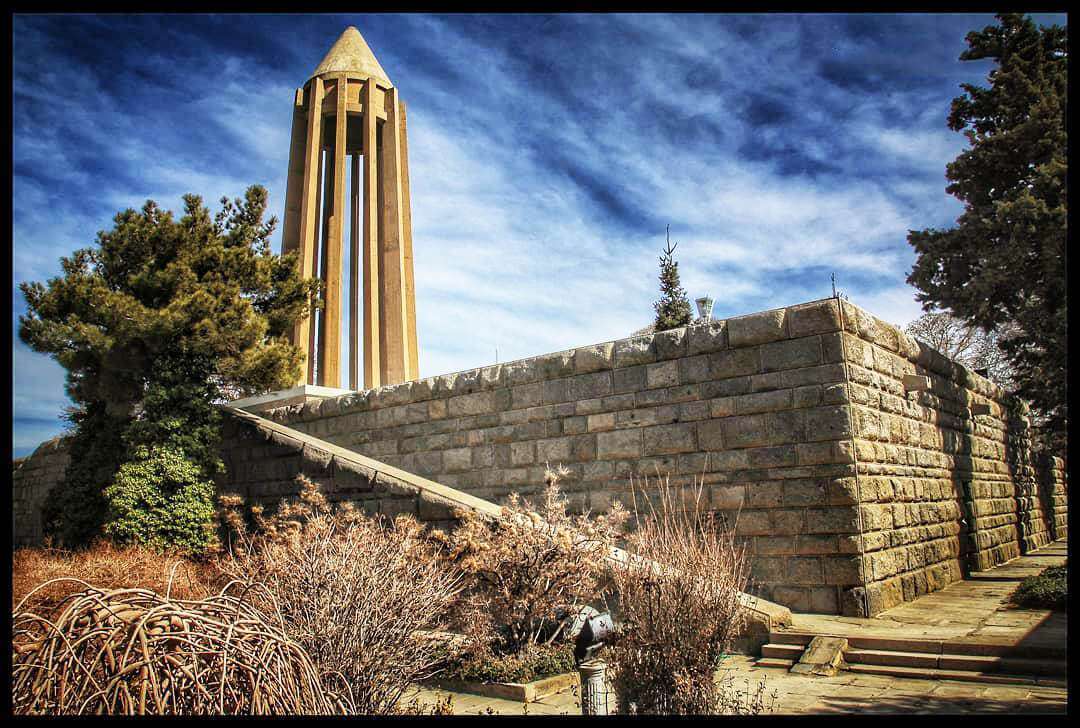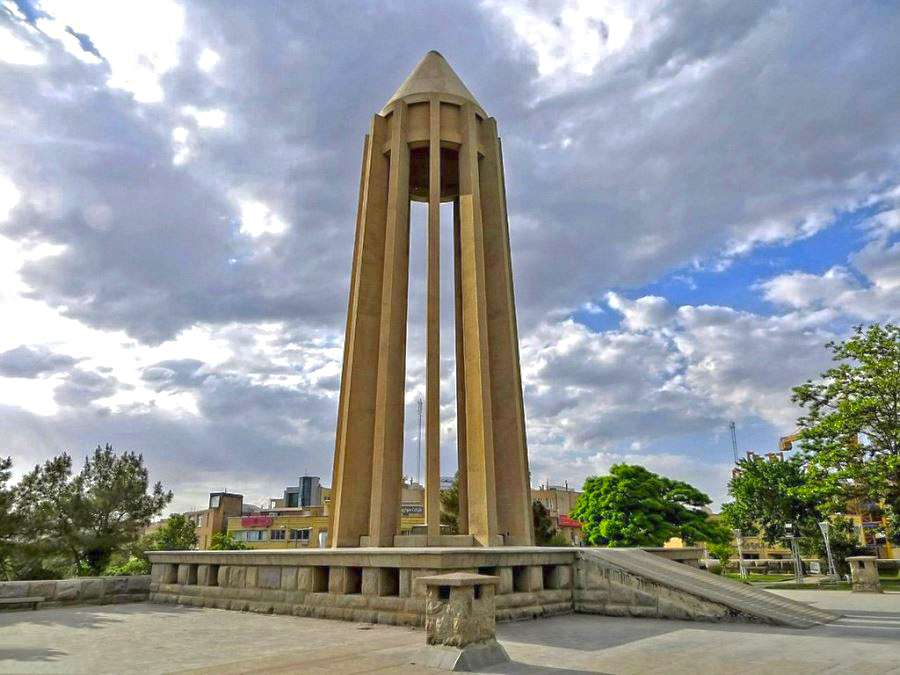Avicenna Mausoleum
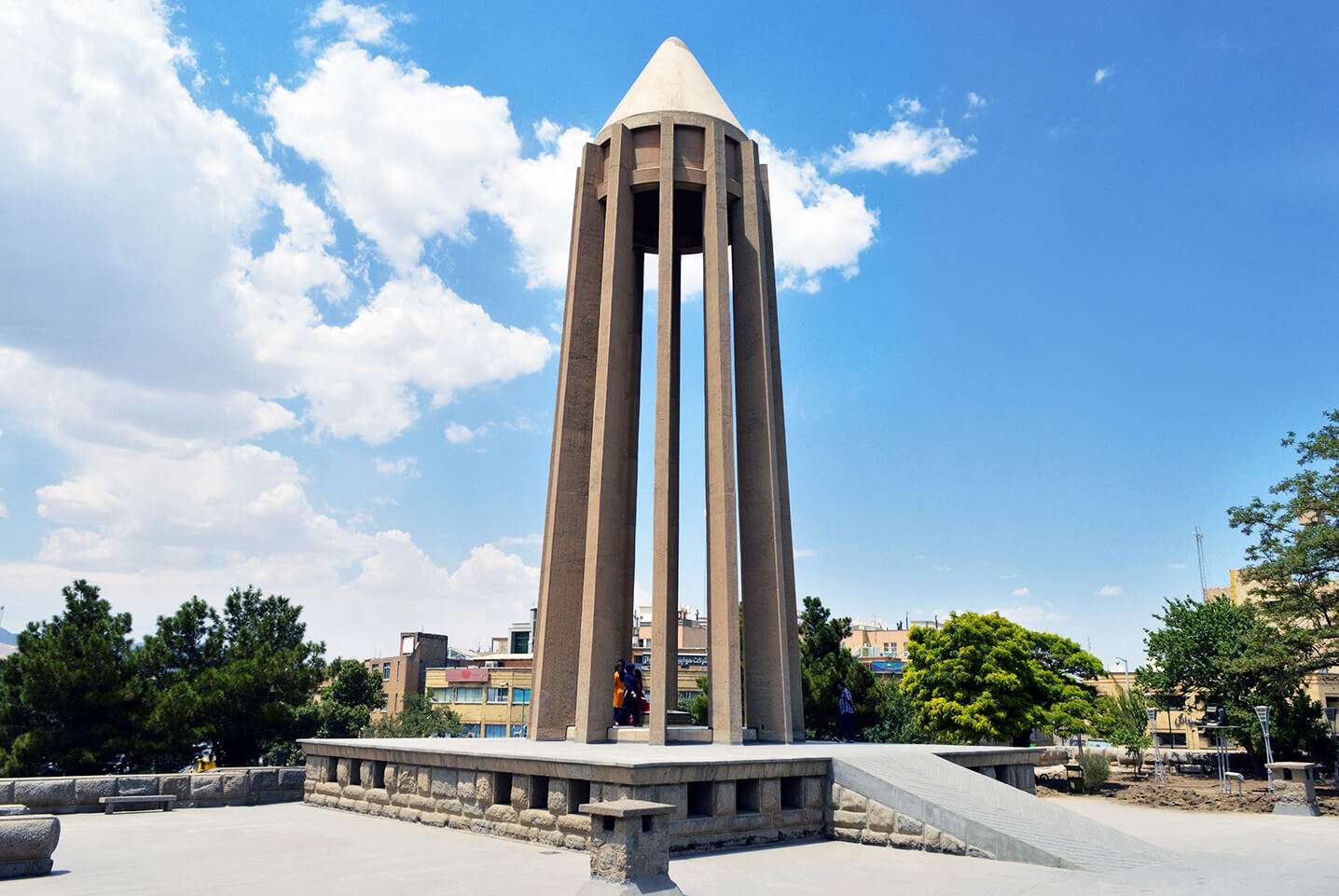
- Visiting
Avicenna Mausoleum in Hamadan
- ThemeHistory and Culture
- CodeIRSG286
- Duration1 hr(s)
Visiting the mausoleum of Avicenna constructed in 1954 over a Qajarid structure.
- Spring9:00 -17:00 *
- Summer9:00-17:00
- Autumn9:00-17:00
- Winter9:00-17:00
* Best Time
Photos of the Avicenna Mausoleum
Explore the Avicenna Mausoleum
Avicenna Mausoleum
Abu Ali Sina, better known as Avicenna in the world, was the significant 11th-century thinker who had a great account in philosophy, logic, mathematics, astronomy, and geometry. His very book, Canon, on medicine, has been regarded as the most significant scientific book in the field of medicine until the 17th century. As a medical textbook in Europe and the Islamic world, Canon is still being used as a reference book by many scientists.
Avicenna’s mausoleum is the iconic structure of Hamedan, located in an eponymous street. Avicenna’s student and friend, Abu Saeed Dokhduk, used to live in a house located on this street. After Avicenna’s death, he was finally buried in this house and after a while, Abu Saeed’s body was also buried next to his old fellow.
The original structure was a Chahar-Taqi (four barrel vaults) structure which survived the passage of time until the 19th century. Far ahead, in the Qajarid era, due to the serious damages to the building, a new structure crowned with a brick dome was built. In the meantime, two tombstones were installed on the graves and the old ones were put on exhibit in the complex. In 1920, a low wall was built to surround the mausoleum and two halls, a well and a pool were added to the complex. Later in 1952, the current mausoleum was designed by Hooshang Seyhoun, the great Iranian architect, and replaced the older building.
Interestingly, this mausoleum has a striking resemblance to Qabus tower (Gonbad-e-Kavus), the oldest dated monument of the Islamic era in Iran. Qabus tower is the most prominent sample of architecture which was contemporary with Avicenna’s era. Avicenna tower is half the size of the Qabus tower (Qabūs tower). This 28.5-meter-high structure comprises twelve sides, symbolizing the twelve scientific disciplines of Avicenna. The mausoleum is crowned by a six-meter conical dome. The interior part of the mausoleum is decorated with a 2.55-meter-high monolith marble stone. Also, 40 pieces of marble stones are inscribed with 20 verses from Avicenna. Avicenna’s tombstone is located on the right side of the entrance, and Abu Saeed Dokhduk’s tombstone is on the left side of the entrance.
The mausoleum consists of two halls; the southern hall is a museum holding coins, potteries, and excavations dating back to thousands of years ago and the northern hall encompasses a library holding more than 4000 volumes of books.
The tomb of the great poet, Abulqasem Aref Qazvini, is also located on the eastern yard of the mausoleum. On the eastern part of the square sits a marble statue of Avicenna. The 3-meters-high statue was built of white marble stone by Abol Hassan Sediqi.
Important Information
Additional Info
It is closed on national holidays (the religious mourning days).
Cost Info
- Kabab Koobideh in Cactus Restaurant3 €
- Ice cream in Nemat Ice cream Shop -
- Kabab in Shandiz Restaurant -
